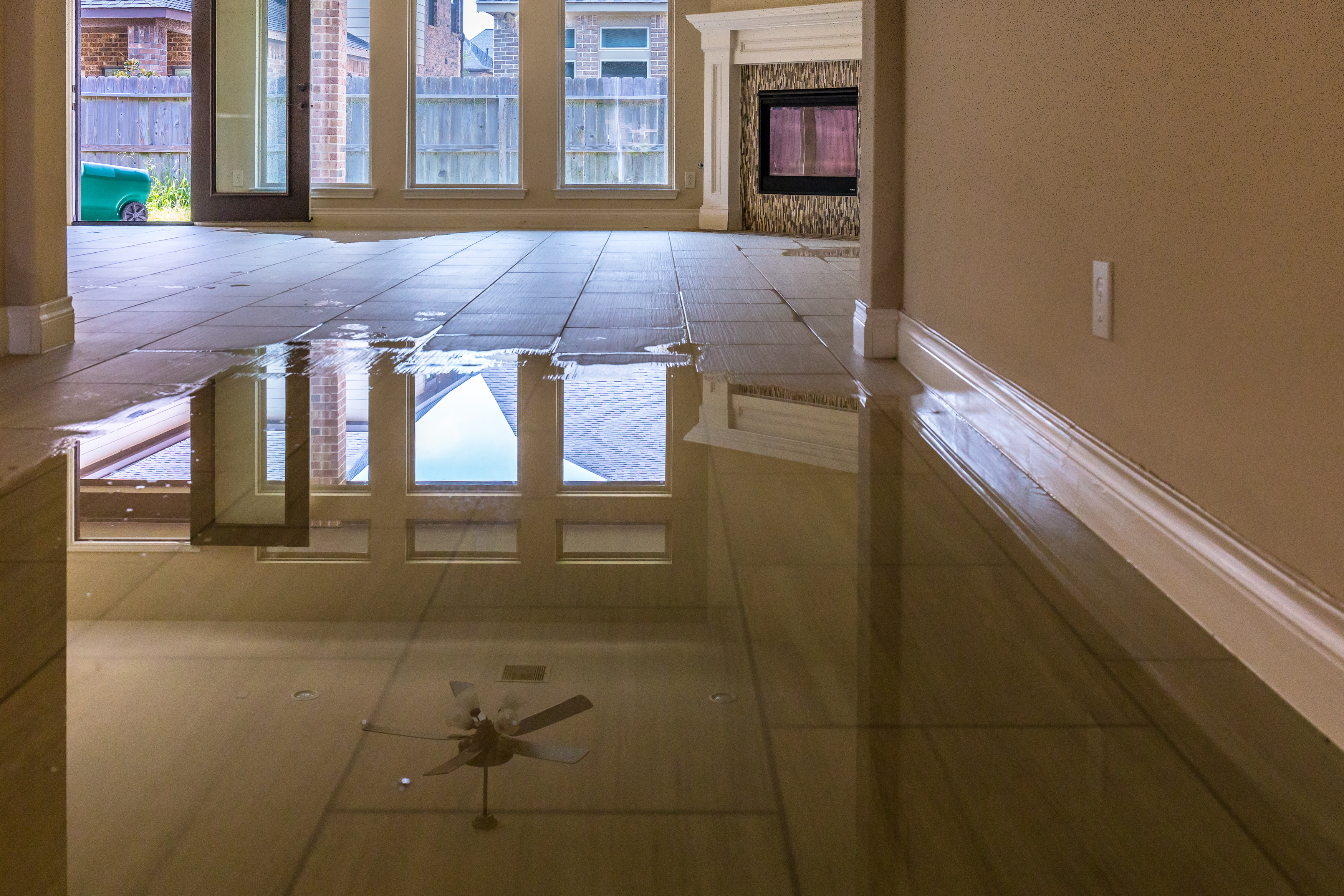Are you currently in search of info around How to Prevent Bathroom Water Damage?

The washroom is very susceptible for damp accumulation and potential water damages because of the regular use of water in it. This article supplies basic evaluation techniques to aid identifying water damages hazards.
The frequent use of water in the restroom makes it extremely vulnerable for moist accumulation and potential water damage. By examining it frequently, you can reduce water related damages.
The following set of inspections is easy to perform and should be done as soon as in every 3 months in order to maintain your shower room healthy as well as to avoid prospective water damages caused by the bathtub, the shower, pipeline joints as well as plumbing, sinks, cupboards, as well as the toilet
Do not neglect executing these examinations and also be complete while doing them. Bear in mind that these simple inspections can conserve you a great deal of money by offering very early signs for water damages
Bathtub and Shower
The shower as well as tub need special focus and also maintenance. Check the tiles as well as replace if cracked. See to it that there is no missing out on grout between the floor tiles. Evaluate as well as replace split caulking at joints where the walls fulfill the floor or the bath tub. Blocked drains as well as pipes troubles will protect against the tub from drying as well as may suggest serious issues beneath the bath tub. Consult with an expert instantly to stop structural damages. Pay attention to discolorations or soft locations around the tub wall surfaces as they may indicate an interior leak.
Plumbing
Signs for water damages are hard to find because the majority of pipes are mounted inside the wall surfaces.
Pay special focus to flooring as well as wall surfaces moisture as well as stains as they may show an invisible plumbing issue. Examine moisture levels in adjacent rooms also.
Sinks and also Cabinets
Sinks and cupboards are revealed to moisture as well as moisture day-to-day and are typically forgotten. Inspect regularly under the sink as well as on the kitchen counter above it. Repair any kind of drip in the trap as it might suggest drainpipe troubles. Take a look around the sink, slow-moving draining pipes might show a blocked drainpipe. Replace sink seals if they are split or loosened.
The Toilet
The bathroom is an at risk water junction. Inspect the water lines and also search for leakages around the commode seat, in the hose, as well as under the water tank. If you find any indications of dampness on the flooring around the toilet, check for leakages in the toilet edge and storage tank seals.
Know that hanging bathroom dish antiperspirants raises the opportunities for obstructions.
Water Damage Signs In The Bathroom To Avoid Cleanup
Musty smell
This is one of the easiest signs to catch because musty smells are so odorous. The damp, earthy, moldy smell should be a big red flag. The smell will develop when moisture gets trapped in surfaces, and begins to facilitate mold growth. Leaking pipes under cabinets, inside walls, and behind shower fixtures will cause moisture to stay trapped and not dry, which will lead to mold growth and spread. As soon as you notice any musty smells in your bathroom, have it checked for hidden water damage and cleanup signs.
Visible mold
If the smell isn’t there to give it away, sometimes you will actually see mold growth. Finding mold in your bathroom is a serious problem, because mold is very harmful to your health. By the time mold growth is visible, it also means that water damage has already occurred and been present for some time. The only way the mold problem can be resolved is to find the source of the moisture and get it stopped. To safely and adequately remove mold, you need to have professionals handle the remediation. Do not waste any time in getting mold problems addressed, fixed, and sanitized so that you can protect you and your family from the many respiratory symptoms caused by mold exposure.
Damaged floors
Bathroom floors should be able to withstand some exposure to water while still remaining in good condition. However, when excess exposure or water leaks occur, they will begin to damage even the most water-resistant flooring. If you notice any cracking, bubbling, staining, or warping on your bathroom floors, there is probably a water leak somewhere causing the distortion. If you notice areas of the floor have become softer, or even have a spongy feeling, there is probably damage to the subfloor. Subflooring is typically made up of plywood. When plywood is exposed to water or moisture, it will absorb it. Once it has become saturated, the weight of the excess water will cause the wood to swell and soften. Check the floors in your bathroom frequently to catch any of these sings before they lead to damaged subflooring.
Changes on walls
When water leaks behind walls, it will cause changes in the drywall. Peeling plaster, blistering paint, and soggy wallpaper are all good indicators that excess water is building up behind the wall. Water leaking behind drywall will cause it to swell and be soft to the tough. If you start to notice gaps along the trim of your walls, or where tile meets the wall, it could also be a strong indicator that there is a leak behind the wall. Any changes, distortion, or damage on the walls should be evaluated as soon as you notice it to prevent further water damage and cleanup.

As a devoted person who reads about Common Causes of Water Damage in a Bathroom, I assumed sharing that piece of content was smart. Sharing is good. Helping people is fun. I value reading our article about Looking for Signs of Water Damage in the Bathroom.
Click Here To Find Out More